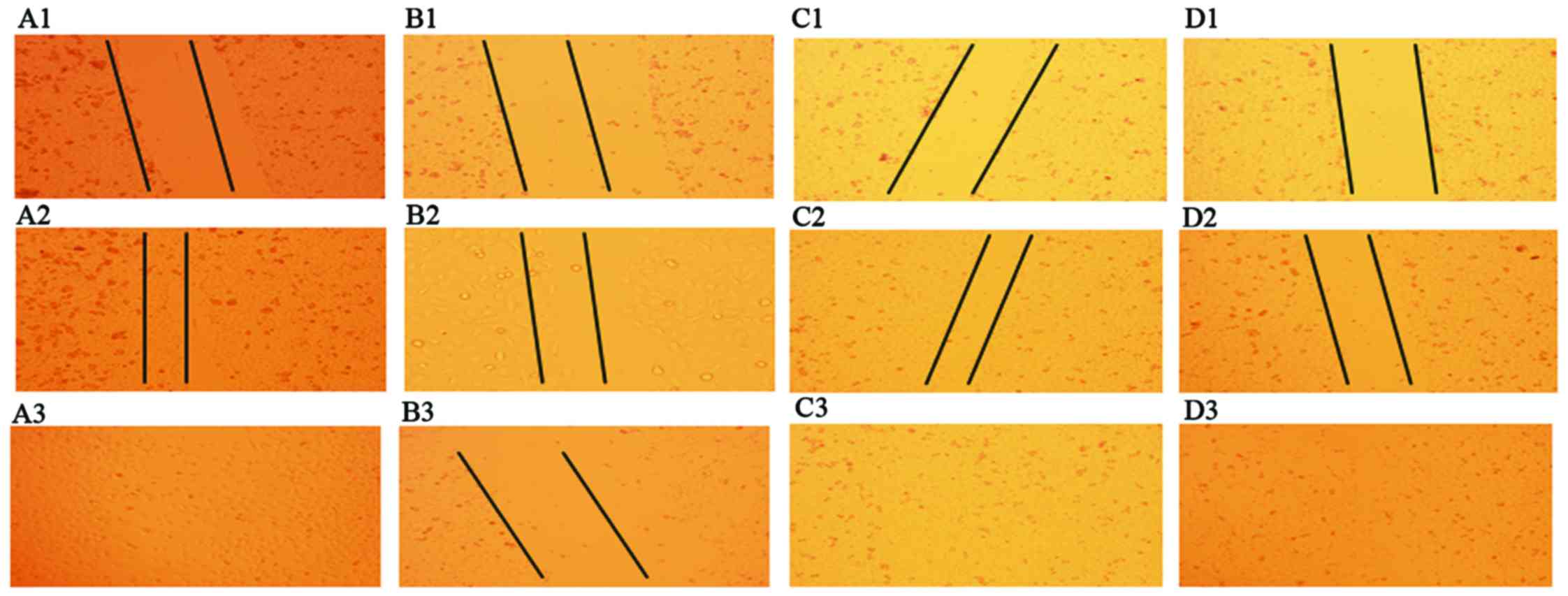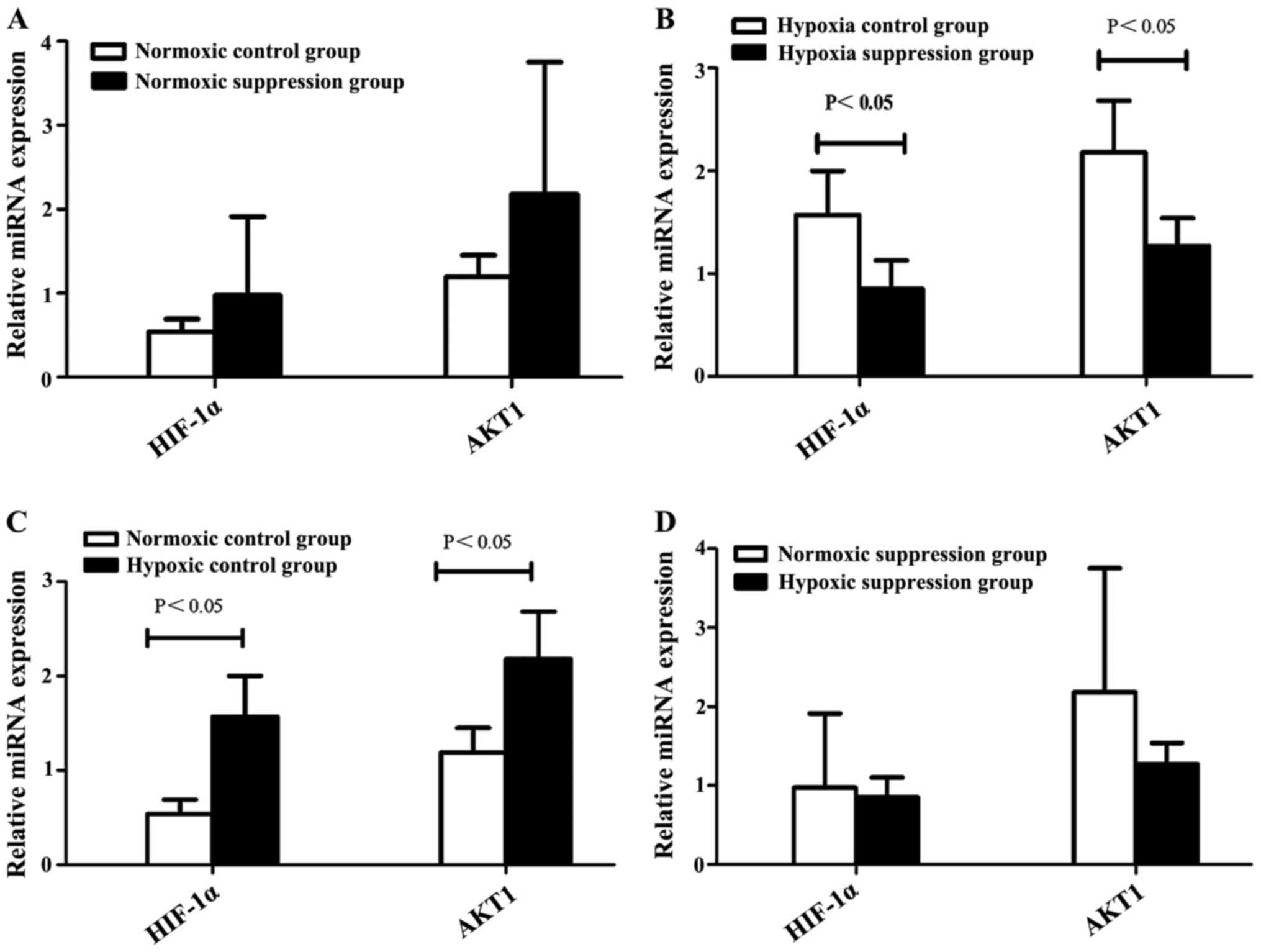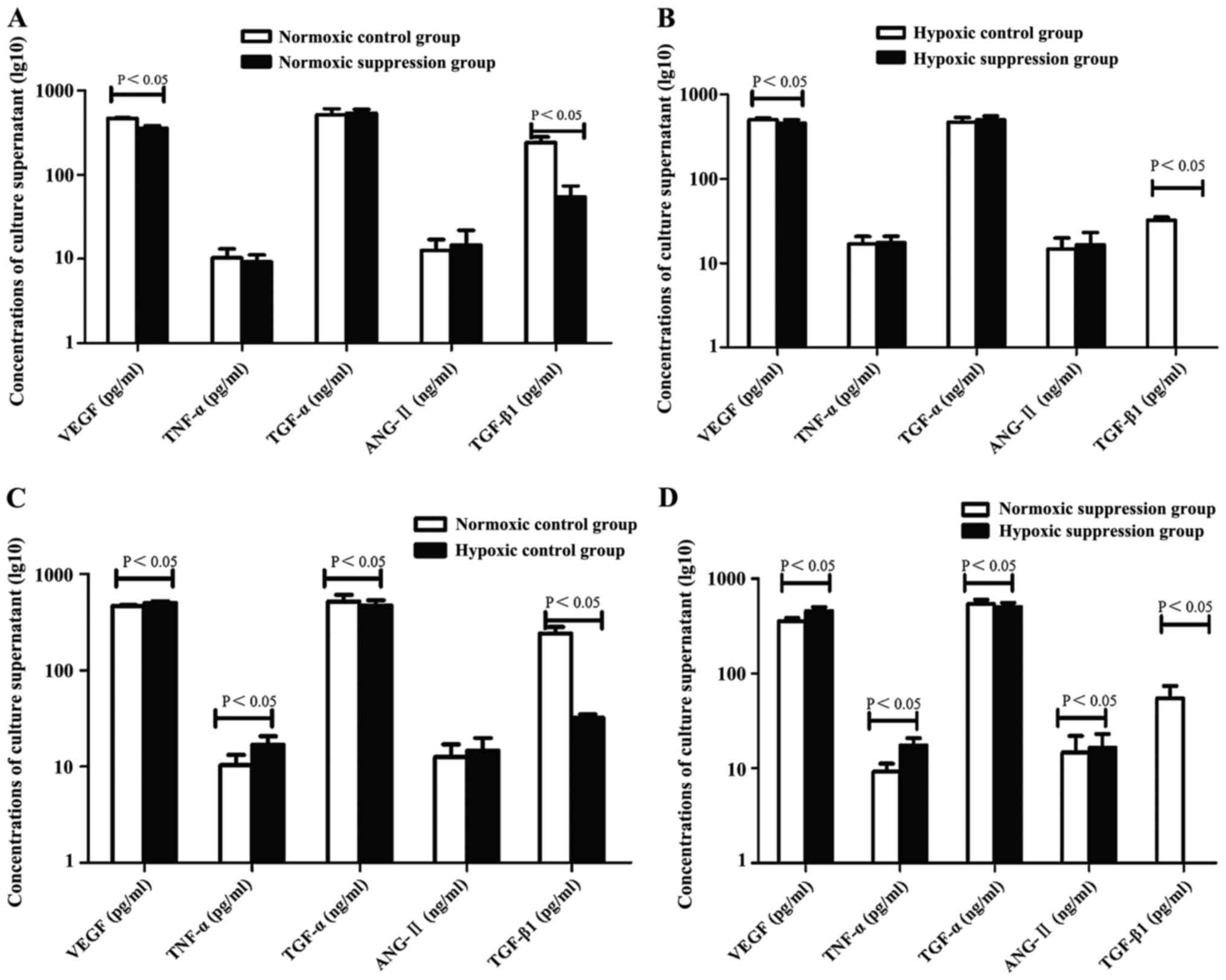Regulation of angiogenic factors by the PI3K/Akt pathway in A549 lung cancer cells under hypoxic conditions
- Authors:
- Published online on: March 6, 2017 https://doi.org/10.3892/ol.2017.5811
- Pages: 2909-2914
-
Copyright: © Xie et al. This is an open access article distributed under the terms of Creative Commons Attribution License.
Metrics: Total
Views: 0 (Spandidos Publications: | PMC Statistics: )
Total PDF Downloads: 0 (Spandidos Publications: | PMC Statistics: )
Abstract
The aim of the present study was to investigate the influence of hypoxia and PI3K inhibition on angiogenic factors in A549 lung cancer cells. A549 cells were treated with the PI3K inhibitor LY294002 under normoxic and hypoxic conditions. Untreated cells were used as the control group and those treated by the inhibitor, as the suppression group. The cells were further divided based on normoxic or hypoxic conditions and named: Normoxic control group, normoxic suppression group, hypoxic control group and hypoxic suppression group. Expression levels of hypoxia‑inducible factor (HIF)‑1α and AKT1 mRNA in all groups were determined by reverse transcriptase‑quantitative polymerase chain reaction and concentrations of vascular endothelial growth factor (VEGF), angiotensin II (ANG‑II), transforming growth factor (TGF)-α/β1, and tumor necrosis factor (TNF)‑α in the culture supernatant were measured by enzyme‑linked immunosorbent assay. The expression levels of HIF‑1α and AKT1 mRNA in the hypoxic control group were higher than those in the normoxic control group and the expression levels of HIF‑1α and AKT1 mRNA in the hypoxic control group were higher than those in the hypoxic suppression group. Compared to the normoxic control and normoxic suppression groups, the concentrations of VEGF and TNF‑α in supernatant were higher in the hypoxic control and hypoxic suppression groups, respectively. However, TGF‑α and TGF‑β1 demonstrated the opposite trend of the aforementioned factors. The concentration of ANG-II in the hypoxic suppression group was higher than that in the normoxic suppression group. In addition, compared to the normoxic control group and hypoxic control group, the concentrations of VEGF and TGF‑β1 in supernatant were lower in the normoxic suppression group and in the hypoxic suppression group, respectively. In conclusion, the results of the present study suggest that hypoxia can stimulate A549 lung cancer cells to secrete VEGF and TNF‑α and inhibit TGF‑α and TGF‑β1. The ability of A549 cells to secrete VEGF and TGF‑β1 is regulated by PI3K/Akt, and ANG-II expression may be regulated by the PI3K/Akt pathway under hypoxic condition.













